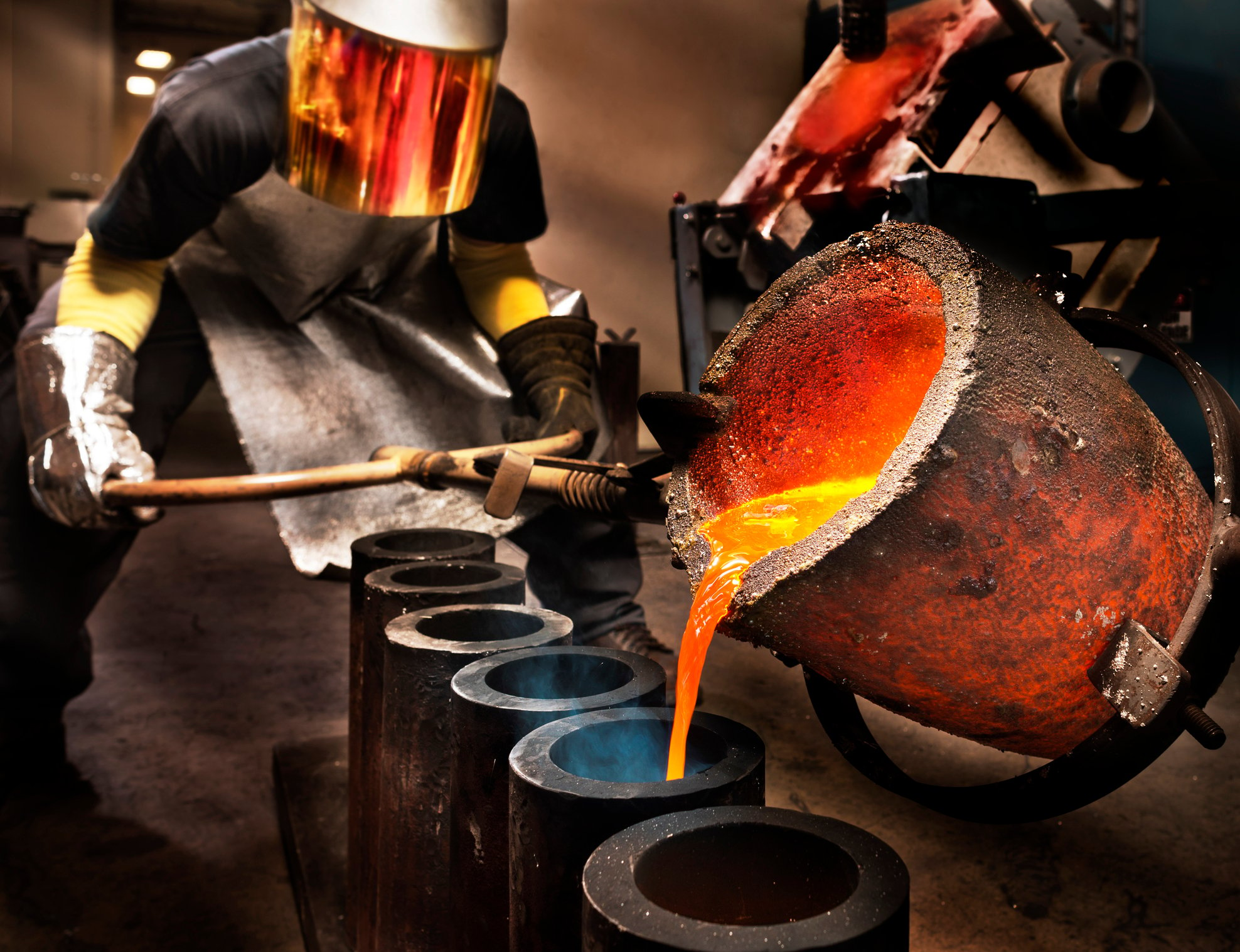Let's just say it's but one checkbox ticked off in a long list of boxes needing checks.
The Ontario government said it's signed an agreement with Matawa First Nations laying out a framework for developing the province's northern mineral resources. Although a minimal achievement, it's an important one because a lack of cohesion among all the parties involved was key to Cliffs Natural Resources (CLF +1.33%) indefinitely suspending work on its $3.3 billion Ring of Fire chromite project last year.

McFaulds Lake, Ontario, Canada. Source: Cliffs Natural Resources.
The Ring of Fire is a vast but remote region in northern Canada in the James Bay lowlands, currently only accessible via a two-hour flight from Thunder Bay, the nearest major city. Current estimates suggest it holds the largest deposit of chromite ever found in North America, as well as significant production quantities of nickel, copper, and platinum, worth some $60 billion. The region has been called "Canada's next oilsands."
For Cliffs, its Black Thor deposit represents the first particularly rich opportunity and a key means to diversify itself. Over the 30-year life of the planned open pit mine, it expects to produce 1,500 tonnes of ferrochrome per day once it swings into full production. Ferrochrome is an alloy of chromium and iron and is key to the production of steel, particularly stainless steel.
Chromite would be a welcome diversion. Cliffs' iron ore and metallurgical coal operations are under severe pressure as sales volumes collapsed for the former and pricing tumbled for the latter leading to a 3% decline in revenues last year. In the fourth quarter it offset some of the decline by a 10% increase in global seaborne iron ore pricing, but that business is the subject of increasingly acrimonious battle with activist investor Casablanca Capital that wants Cliffs to spin off the international assets and divest its chromite and nickel projects in order to better focus on its domestic iron ore business.
More than three quarters of the world's chromite is produced in South Africa, India, and Kazakhstan, with another 12% coming from Brazil, Finland, Russia, Zimbabwe, and Turkey. Canada stands to become a major player in the industry with the Ring of Fire development, and Cliffs, which already sells ore to the steel industry believes it would have another value add for it.
But the road to realizing the opportunity has not been smooth, not least of which is because there are no roads to the Ring of Fire region. A lack of infrastructure and infighting among the biggest players about how best to achieve it has ground progress to a halt. Which is why the provincial ministry signing an agreement with the chiefs of the Matawa Tribal Council is only a small though necessary step.
Without consensus on any of these issues, with many of the parties still at loggerheads, and with the provincial government keeping under wraps exactly what it is they agreed to with the First Nations, the development of the chromite region is really no closer to reality than it was last when Ontario said it hired Deloitte to act as a neutral third-party sounding board.
These are all necessary steps and only by checking them off will they be accomplished, but each announcement is simply another part of the slog through the morass. And if Casablanca Capital gains control of Cliffs Natural Resources' board it will demand the chromite project be sold. Investors, therefore, shouldn't get their hopes up that all the boxes will be checked off for Cliffs anytime soon.






